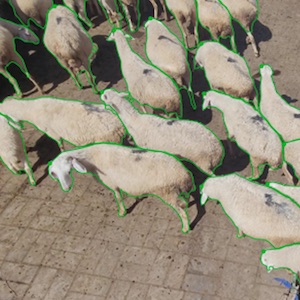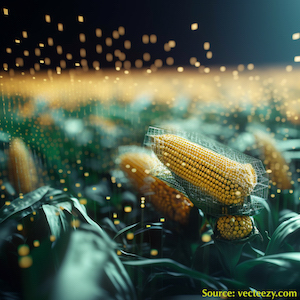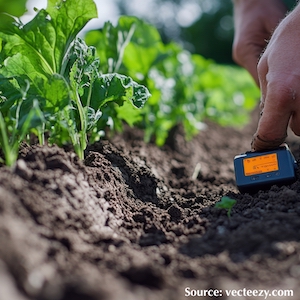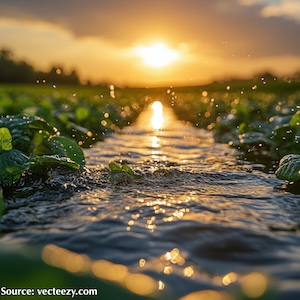Technical Notes
Vol. 46 No. 4 (2015)
Energy consumption and analysis of industrial drying plants for fresh pasta process

Publisher's note
All claims expressed in this article are solely those of the authors and do not necessarily represent those of their affiliated organizations, or those of the publisher, the editors and the reviewers. Any product that may be evaluated in this article or claim that may be made by its manufacturer is not guaranteed or endorsed by the publisher.
All claims expressed in this article are solely those of the authors and do not necessarily represent those of their affiliated organizations, or those of the publisher, the editors and the reviewers. Any product that may be evaluated in this article or claim that may be made by its manufacturer is not guaranteed or endorsed by the publisher.
Received: 27 May 2015
Accepted: 4 July 2015
Accepted: 4 July 2015
9815
Views
1262
Downloads
5127
HTML










